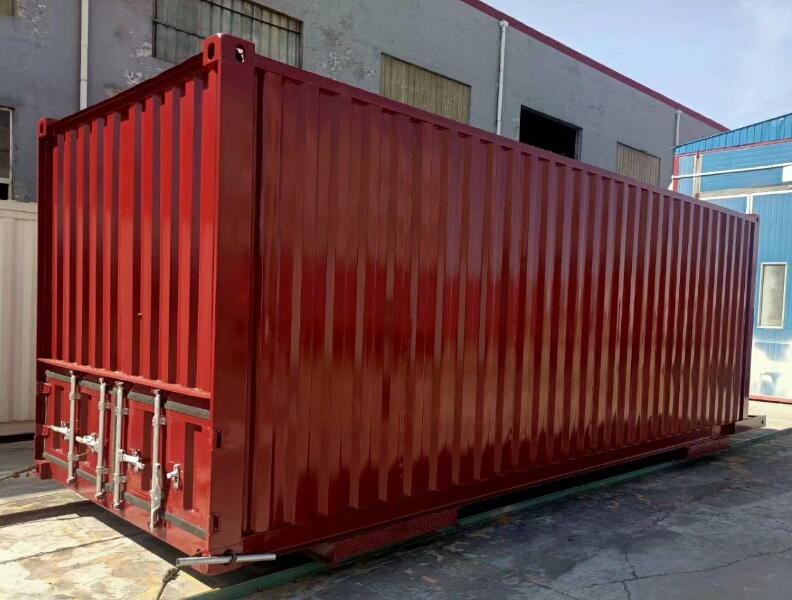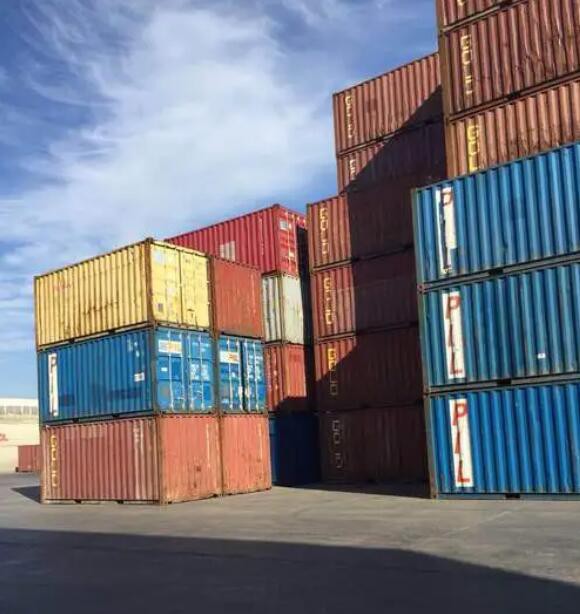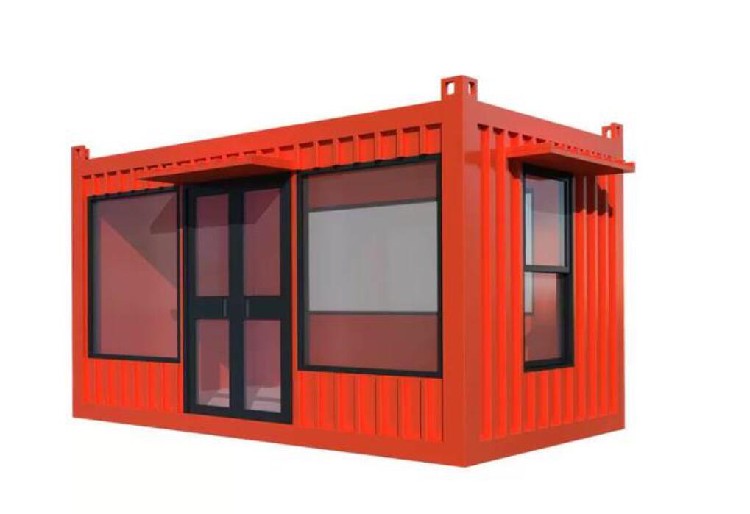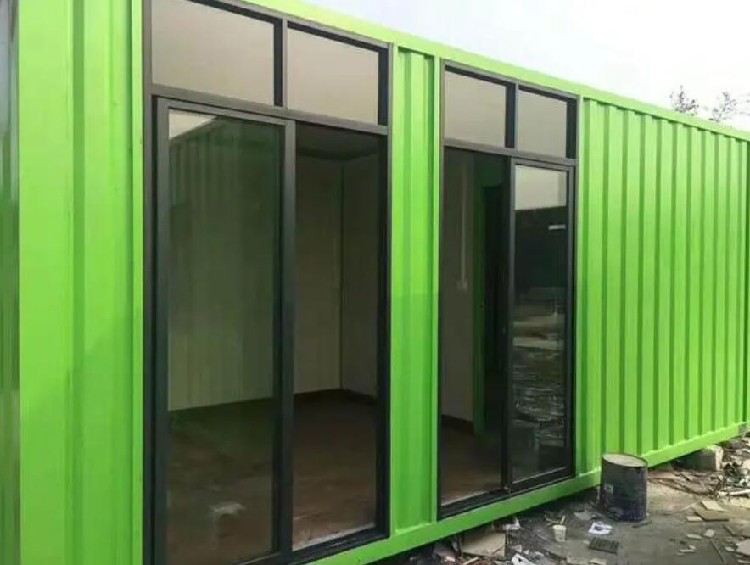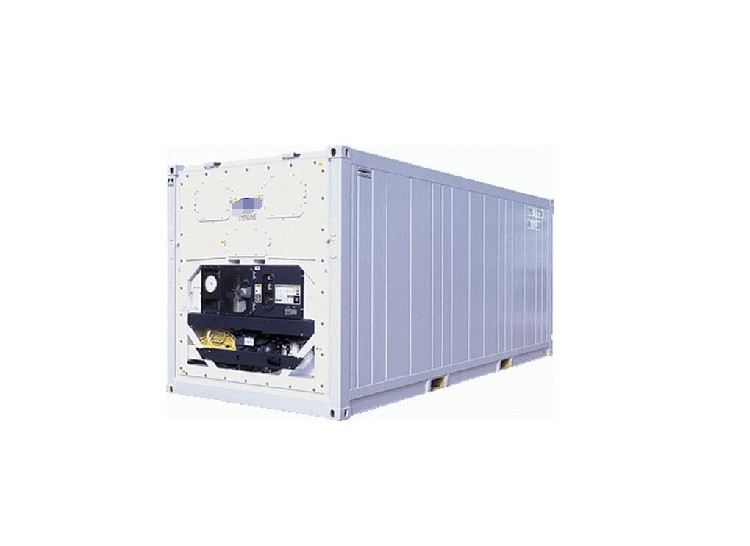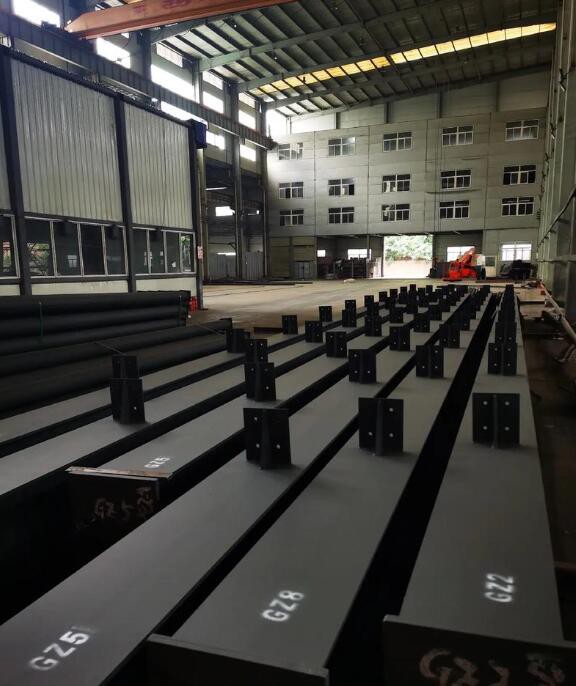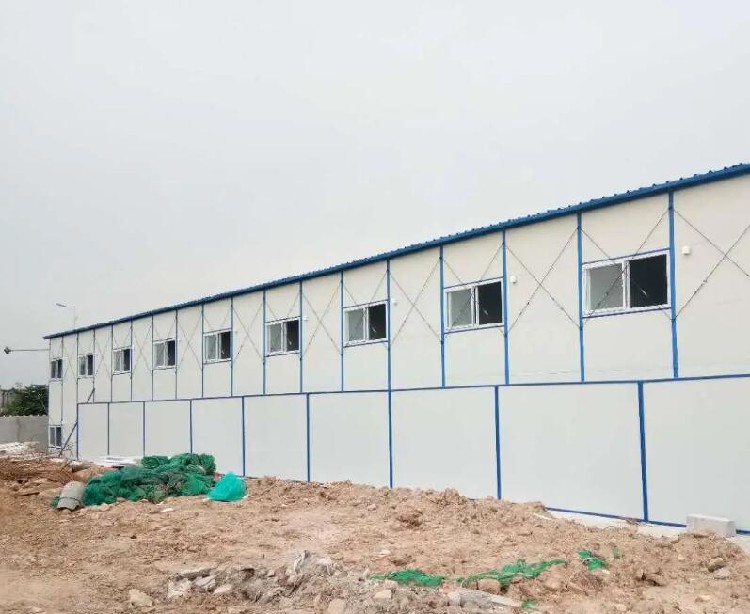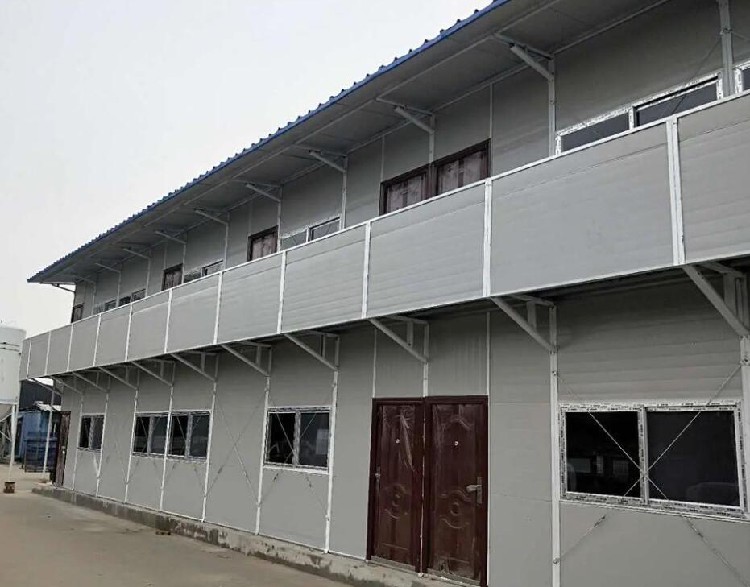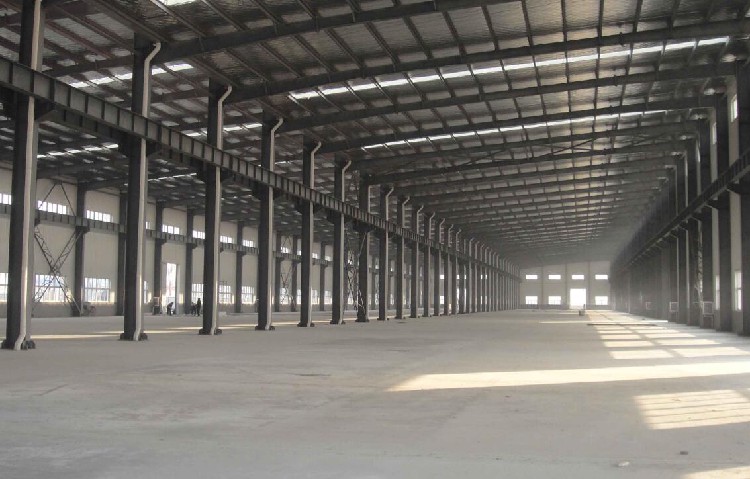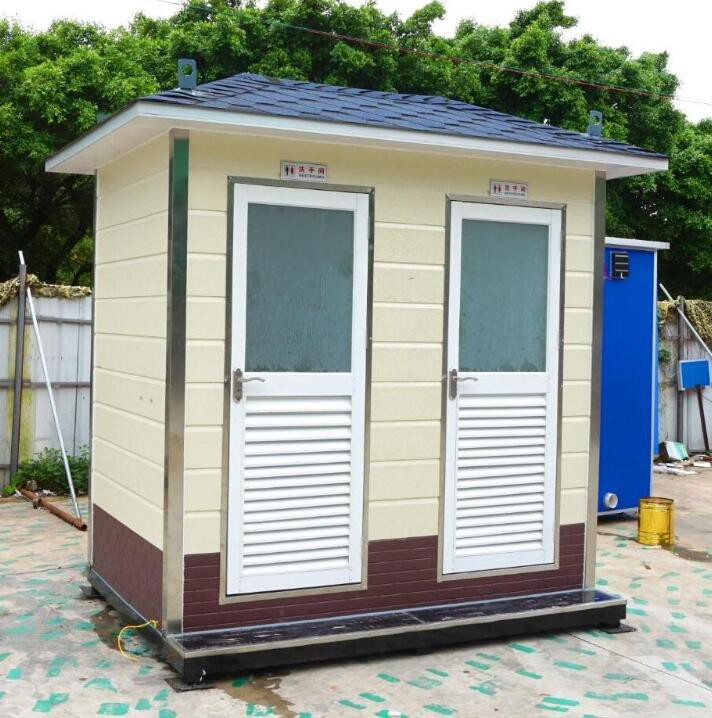Welcome!







refrigerated container for sale near
Basic Info
| brand | tengfei | ||||
|---|---|---|---|---|---|
Product Description
Refrigerated container factory
Tengfei was established in 1988 with a registered capital of US$55 million. Its headquarters is located in Guangzhou, China, and its manufacturing base is located in Guangzhou, Guangdong Province. The factory covers an area of about 180,000 square meters. It is a high-tech enterprise group integrating R&D, design, manufacturing and sales. The container products include series: mobile house series, cold storage series, Australian box series, Japanese box series, side curtain and pallet cold box series, equipment containerization and refrigerated truck series. The manufactured special containers have won the praise of customers in Australia, Japan, Europe and North America, and have a large market share. Professional R&D team, experienced process personnel, advanced testing equipment, provide customers with a full range of services

Standard size of refrigerated containers
Refrigerated containers are a kind of containers specially used for storing and transporting low-temperature goods, mainly used in refrigerated food, medicine, cosmetics, electronic products and other industries. The standard size of refrigerated containers is generally divided into three specifications: 20 feet, 40 feet and 45 feet.
The dimensions of a 20-foot refrigerated container are 6.058 meters long, 2.438 meters wide, and 2.591 meters high, and can accommodate a cargo volume of about 28 cubic meters; the dimensions of a 40-foot refrigerated container are 12.192 meters long, 2.438 meters wide, and 2.591 meters high, and can accommodate a cargo volume of about 67 cubic meters; the dimensions of a 45-foot refrigerated container are 13.716 meters long, 2.438 meters wide, and 2.591 meters high, and can accommodate a cargo volume of about 86 cubic meters.

Working principle of refrigerated container
The working principle of refrigerated container is mainly to maintain a certain low temperature environment through good insulation and airtightness, which is suitable for the transportation and storage of various perishable foods. The basic types of refrigerated containers include insulated containers, external refrigerated containers, internal refrigerated containers, liquid nitrogen and dry ice refrigerated containers, frozen plate refrigerated containers, etc.
Refrigerated containers are mainly composed of insulation materials, refrigeration systems and control systems. The insulation materials have good thermal insulation properties to ensure that the temperature inside the container will not be affected by the external environment. The refrigeration system usually includes a compressor, a condenser, an evaporator and a refrigerant, etc., which maintain a low temperature environment through cyclic work. The control system is responsible for monitoring and adjusting the temperature in the container to ensure that it remains within the set range.
During the working process, the refrigeration system reduces the temperature in the container through cyclic work. The compressor compresses the refrigerant into a high-temperature and high-pressure gas, which becomes a liquid after dissipating heat through the condenser, and then enters the evaporator through the expansion valve. In the evaporator, the refrigerant absorbs heat and evaporates, thereby reducing the temperature in the container. This process is circulated continuously to maintain the low temperature environment in the container.
Different types of refrigerated containers have their own characteristics. For example, insulated containers maintain temperature through insulation materials, while external refrigerated containers regulate internal temperature through external refrigeration equipment. Liquid nitrogen and dry ice refrigerated containers use the phase change of matter to quickly cool down, while frozen plate refrigerated containers maintain low temperatures through special cooling plates. These different types of refrigerated containers are selected according to specific needs and usage scenarios.
Application fields of refrigerated containers
Refrigerated containers play a very important role in international trade. It can help maintain the quality and freshness of goods and play a vital role in cross-border trade. Refrigerated containers are widely used in food, medicine, cosmetics, electronic products and other industries, among which the food industry uses the most. The transportation of refrigerated containers not only extends the shelf life of food, but also meets the needs of consumers around the world for fresh and seasonal food.
Precautions for the use of refrigerated containers
1. After loading the refrigerated container, the original quality of the refrigerated or frozen goods should be checked and clarified on the bill of lading.
2. During the packing process, the loading and stacking criteria should be strictly followed to avoid short-circuiting of cool air to form an unbalanced cooling and reduce the cooling power of the refrigeration equipment.
3. When transporting frozen goods over long distances, the difference between the set temperature in the box and the set temperature cannot exceed 3°C. If the refrigerated goods are transported, the temperature error should not exceed 0.5°C, and the best should not exceed 0.25°C.
4. When transporting fresh fruits and vegetables in refrigerated containers, the fresh air vents should be opened in time for ventilation, but when transporting frozen goods, the fresh air vents should be closed.
5. When transporting refrigerated goods packed in cartons, ventilation should be carried out in time according to the outdoor temperature and humidity conditions to keep the air in the box dry and avoid condensation on the surface of the packaging box.

Precautions for purchasing refrigerated containers
When purchasing refrigerated containers, you need to pay attention to the following points:
1. Check the appearance and refrigeration equipment: Make sure the surface of the box is flat and smooth, without deformation, rust or serious scratches. Check the working condition of the refrigeration equipment, including the integrity of the door seal, and whether there is leakage or water accumulation.
2. Confirm the year and warranty period: Clarify the service life of the container and the warranty service period provided by the seller to avoid affecting normal use. Understand the production date and scrap time, as well as the shipping company's depreciation regulations for second-hand machinery and equipment.
3. Choose a reputable intermediary: Choose an intermediary with a good reputation to ensure that the recycling price is reasonable and transparent. Confirm the seller's qualifications to reduce the risk of purchase.
4. Check the type and specifications of the goods: When picking up the car, carefully check the type, specification, model, tonnage and quantity of the goods to ensure that they are consistent with the contract.
5. Sign the contract: Read the terms of the contract carefully, especially the details, to ensure the rights and interests of both parties. Sign and seal under the witness of professionals to ensure that the contract has legal effect. 6. Understand the manufacturing process and materials: The manufacturing process and materials of the container are crucial to its service life and quality. Pay attention to the quality of the steel and the exquisiteness of the manufacturing process, such as the integrity of the welding process, multi-layer galvanizing without paint loss, etc. 7. Test the refrigeration effect: For refrigerated containers, it is particularly necessary to check whether the refrigeration equipment inside can work properly and whether the refrigeration effect meets the needs. 8. Consider the advantages: Second-hand refrigerated containers are relatively low in price, can be used stably for a long time, and save operating costs. At the same time, they have good thermal insulation, flexibility and adaptability, which can improve logistics efficiency and reduce environmental noise pollution.
Recommended Products
Recently Viewed
Contact Us
Guangzhou Tengfei Technology Inc.
